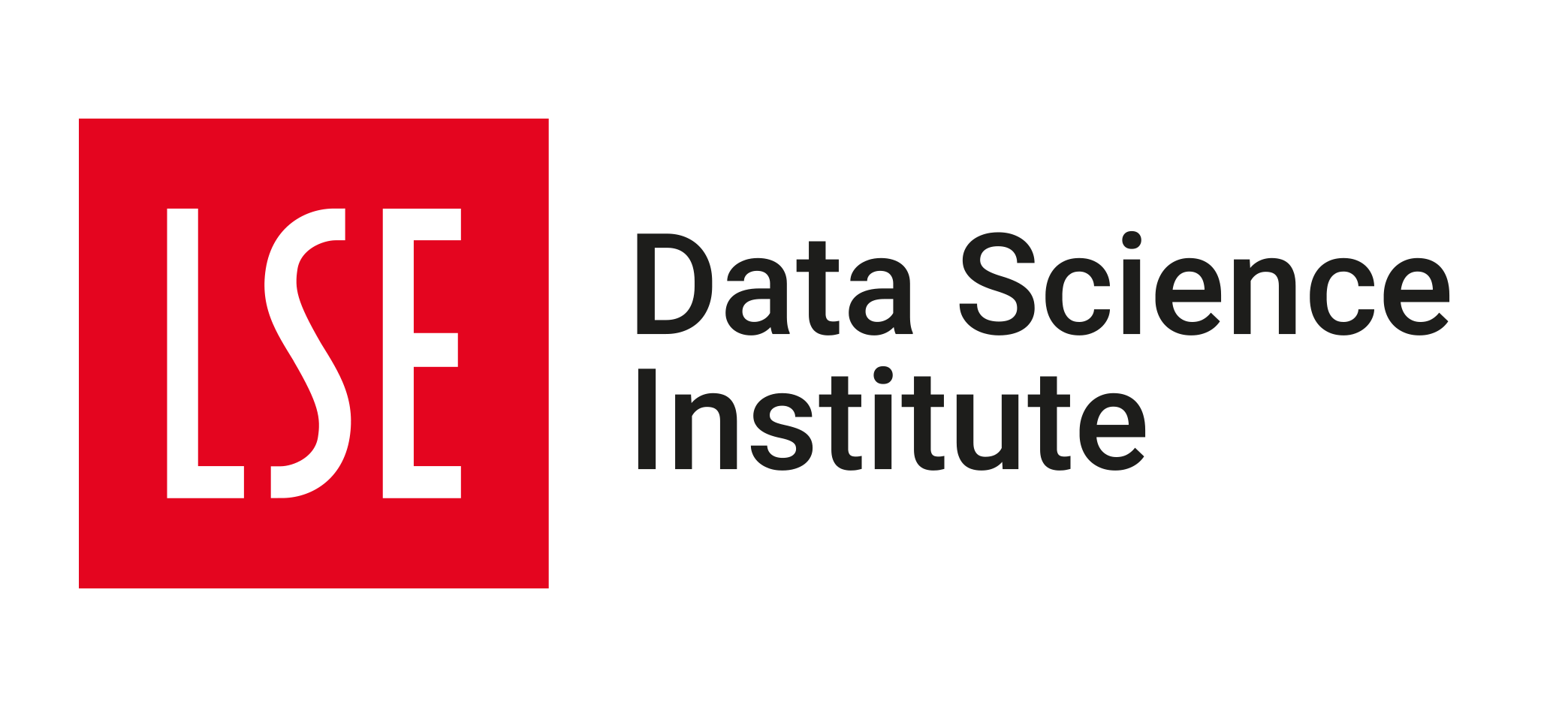📝 January Summative (‘Exam’)
2023/24 Autumn Term
💡 NOTE: Similar to the previous assignment, you are not required to write code as part of this assignment. But, if you decide to include code, ensure that it supports, strengthens, or enhances your answers. Adding code without a clear purpose will not improve your grade.
⏲️ Due Date:
- Thursday, 11 January 2024 at 11:59:59 am (midday London time)
⚠️ NOTE: This is in the middle of the day, not midnight! ⚠️
Do you need to request an extension? Send an extension request form to 📧 .
⚖️ Assignment Weight:
This assignment is worth 40% of your final grade in this course.
40%
📝 Instructions
👉 Read it carefully, as some details might change from one assignment to another.
- Download the
DS202A-2023-AT-Exam.htmlfile from the link below. This file contains the instructions for this assignment. You will find 📋 Your Tasks in that file.
- (Optional) Consider downloading the accompanying dataset from the link below:
Create a
<CANDIDATE_NUMBER>.qmdfile somewhere in your computer, containing your responses. Replace<CANDIDATE_NUMBER>with your official LSE number.For instance, if your candidate number is
12345, the file should be named12345.qmd.Then, replace whatever is between the
---lines at the top of your newly created.qmdfile with the following:--- title: "DS202A - January Summative" author: <CANDIDATE_NUMBER> output: html self-contained: true ---Once again, replace the text
<CANDIDATE_NUMBER>with your actual LSE CANDIDATE NUMBER. For example, if your candidate number is12345, then your.qmdfile should start with:--- title: "DS202A - January Summative" author: 12345 output: html self-contained: true ---Fill out the
.qmdfile with your answers. Remember, you are not required to write code. You can still get a good grade if you provide correct and deeply insightful answers and your notebook is nicely formatted.- Use headers and code chunks to keep your work organized. This will make it easier for us to grade your work. Learn more about the basics of markdown formatting here.
⚠️ For this assignment, we expect you to work independently and refrain from discussing it with your peers. ⚠️ This task presents a significant challenge, and your grade will greatly benefit from your personal creativity and originality. It is crucial that your responses are distinct and unique compared to your classmates’ work.
Nonetheless, you are allowed to use the internet, refer to course materials, and even Generative AI tools when working on your answers. Again, try to aim for originality, do not let these resources dictate your answers.
Consult the 🤖 Our Generative AI policy to see examples of how to report the use of Generative AI tools in your work.
When you’ve finished, click on the
Renderbutton located at the top of the.qmdfile. This will generate an.htmlfile with the same name as your.qmdfile. For example, if your.qmdfile is named12345.qmd, the resulting.htmlfile will be named12345.html.If you include any code, ensure that your
.qmdcode is reproducible. If we were to restart R and RStudio and run your notebook, it should run without errors, and we should obtain the same results as you did.If you opt to include code, make sure it serves to support and enhance your responses. Adding code without a clear purpose will not improve your grade.
Submit your
.htmlfile to Moodle.
“What do I submit?”
This time you will submit just one file:
- An HTML file render of your Quarto markdown file with the following naming convention:
<CANDIDATE_NUMBER>.html, where<CANDIDATE_NUMBER>is your candidate number. For example, if your candidate number is12345, then your file should be named12345.html.
IMPORTANT!: This time, given the time-sensitive nature of this assignment, you will submit your work via Moodle - not via GitHub. This should avoid technical problems with GitHub and ensure that we receive your work on time.
🙋 What if I am confused?
This is a test. Certain questions are intentionally open-ended and somewhat vague. Part of the assignment involves deciphering what we want from you.
We will assess your ability to identify which of the concepts you learned in class are relevant to a given problem at hand and how to apply them to solve it. Strive to achieve that neat balance of conciseness and completeness.
However, if you feel that a question is too ambiguous, please send an e-mail or a private Slack message to Jon (J.Cardoso-Silva@lse.ac.uk). If we deam your question valid, we will post a clarification on the public Slack channel. If you don’t get a response, assume that the question is not ambiguous and you should proceed with your best judgement.
